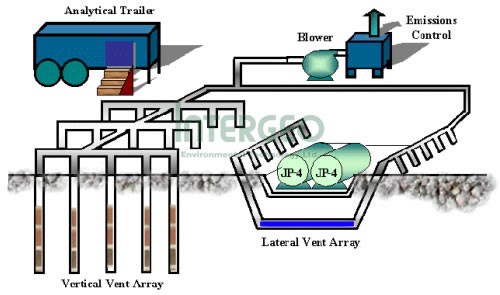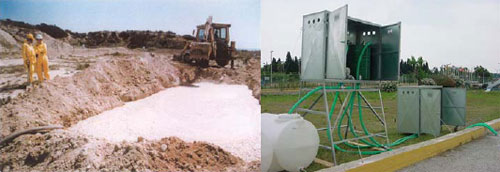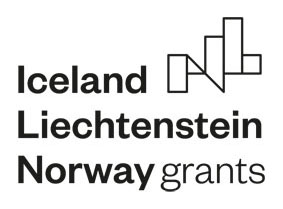Design and Implementation of Ground and Ground Water Remediation with in situ or on-site Techniques
Soil pollution and consequences
Soil and groundwater pollution is currently caused by various sources and human activities, such as:
- Industrial facilities
- Urban waste water and other waste
- Handling and storage of hazardous materials
- Extraction Activities (Quarries, Mines)
- Agriculture
- Environmental accidents (leaks or overflow of hazardous substances, explosions, natural disasters, etc.)
Subsoil pollution is the result of all the above activities in those cases where the necessary environmental protection measures are inadequate or not properly implemented.
Subsoil and groundwater pollution can also extend to surrounding areas when preventive measures for direct detection and removal of the source of pollution in a field are not foreseen, and immediate action is not taken to contain the pollution and ultimately to decontaminate the contaminated area.
Soil and groundwater pollution can have significant direct or indirect negative impact on both human health and safety and potentially to neighboring ecological recipients of the contaminated field.
Impact on the environment is accompanied by economic and social impacts. These are not only related to rehabilitation costs, but also to the value of land, its use, and the way the surrounding areas are affected by the contaminated field.
Troubleshooting – Decontamination Techniques

In situ technique
The application of in situ techniques to decontaminate soils and groundwater contaminated by various activities and sources directly in the contaminated field does not require any excavation and special handling (transport, treatment and final disposal) of contaminated materials, thus significantly reducing both the cost of remediation and overall environmental risk by limiting the problem to the pollution problem.
Usually, when the possibility of excavation and removal of contaminated soil is not feasible in a contaminated field or in an industrial plant due to the high volume of contaminated soil or the inability to stop the production process, there is a great need for immediate application of in situ techniques so as to minimize the chance of spreading pollution both to groundwater and other human or ecological recipients.
The soil and groundwater decontamination methodologies applied by INTERGEO can be both in situ (on-site without excavation) and on-site techniques (in the field after excavation). These techniques are based on biological and physicochemical methods of remediation and in any case take place in the polluted field – installation, thus significantly limiting the transport of waste from one place to another.
Relative experience
| Soil and groundwater remediation techniques applied Soil Vapor Extraction / Bioventing / Pump and treat methods / Bioslurping Bioremediation /Air sparging / Air Stripping / Stabilization-Solidification/ Neutralization / Soil washing / Soil flushing/ Chemical Oxidation / Thermal desorption / Ion exchange |
Pollutants Petroleum hydrocarbons, Heavy Metals, Chlorinated Hydrocarbons, Polyaromatic Hydrocarbons (PAH), Phenols, Pesticides-Pesticides, PCB’s, Dioxins, Asbestos, Acids, Cyanides, Nitrates |

Groundwater abatement technique (left), Bioventing decontamination system for in situ or on site application (right)
INTERGEO Group has internationally completed more than 2,500 soil and / or groundwater decontamination projects from various pollutants resulting from a wide range of activities. In Greece, INTERGEO Hellas has been active in a large number of environmental projects throughout the country as well as Cyprus.
In total more than 150 soil and groundwater remediation and rehabilitation projects in Greece and Cyprus have been successfully implemented.
See also:



